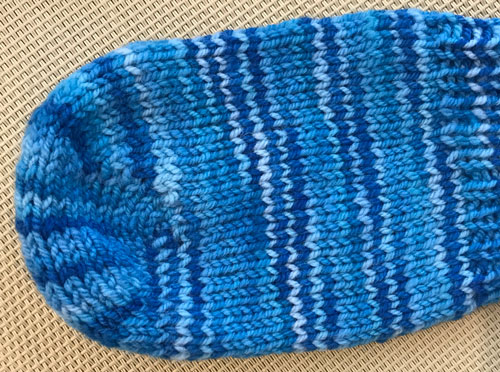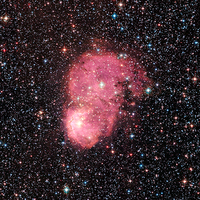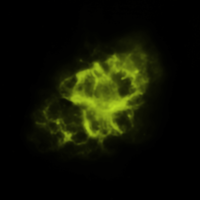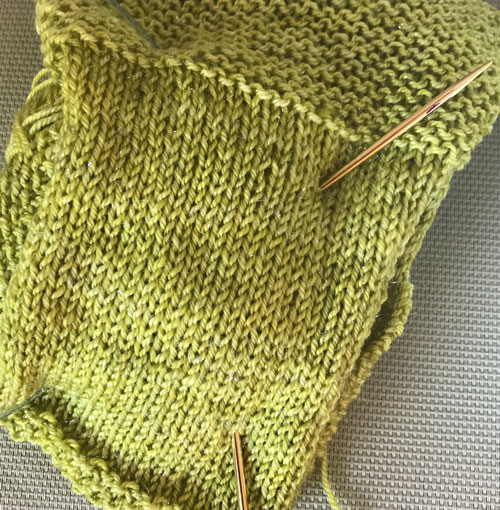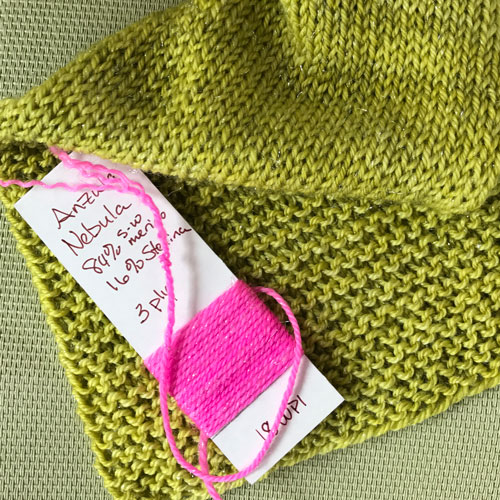Meet the Yarn: Haiku
Jill Wolcott
passion.fashion.knits
I picked up Haiku with a specific project in mind. That isn’t usually the case, but the yarn spoke to me when I first saw it. I reverse my usual process and I went right into a large swatch using the stitch patterns I needed for that pattern.
Haiku fit my project perfectly. After swatching and adjusting my numbers, and making a few changes, I sent my pattern off to a knitter to do the knitting. Then I made my usual exploration swatch. These swatches tell me so much about each yarn and usually help me decide what to do in terms of stitch pattern and project. I don’t necessarily use the four stitches, but they give me an idea of stitch definition, how the yarn and color interact in them, and what type of background seems to make the yarn sing.
I have wet and steam blocked my swatches and have these observations. Overall, there was little gauge change in my swatches—just a tidying up of stitches and rows. I used Addi Lace cable needles, US size 3(3.25mm). I am generally a loose knitter, so you may need to go up a size or two to achieve the same gauge.
It goes without saying that this fingering weight, 3-ply yarn, was a pleasure to work with. The bamboo and merino combine to give it a lovely sheen, making this a yarn entirely appropriate for shawls, shrugs, cowls, scarves, and garments! With 10% nylon, I think this would make lovely, transitional socks.
I did some research on bamboo fiber. I have seen a lot of change in this fiber since first seeing it in yarn in the early part of the 2000s. Bamboo is noted for its smooth, soft, and luxurious feel, derived from its round surface. Bamboo fiber breaths well and has micro gaps and holes which lead to excellent moisture absorption and ventilation. It is comfortable in both warm and cold weather. Bamboo has a naturally antibacterial, anti-fungal, anti-static bio-agent called “bamboo kun”. This bio-agent is retained in the process of becoming a fiber and has been found to remain after a high number of washes. The process of creating bamboo fiber is done most often by a chemical process using caustic soda or lye, followed by a bleaching and carbon disulfide process. This is not necessarily environmentally friendly. Organic bamboo is processed mechanically, at a higher cost.
This process is something to consider when choosing manufactured fibers, but should also be weighed by the positive attributes it brings. Bamboo has plenty of attributes: renewable fiber source with short growing cycle (4 years), plus antimicrobial and comfort. Although the process of making manufactured fibers has some drawbacks, having good inputs counts in its favor.
My Haiku Medallion shrug was the first piece in the TNNA Fashion show at the Summer 2017 show. I have no photos, and didn’t see it because I didn’t get to TNNA in time. I did snag the sample to wear in a class I was teaching the following day. Wearing the sample was when I learned the most about this yarn! It was so comfortable I forgot I was wearing it. It was warm, but not too. It looked great too!
Looking at photos I’ve now taken of my shrug, you can see how nicely it works in lace, which is pleasantly offset by the plainness of the stockinette. I like to liven this piece up with a lot of buttons too. Medallion Haiku will be released in December or January. Want to know when it is getting published? Sign up for my bi-monthly newsletter here. You can get swatch instructions for the small medallion pattern on Jill’s blog.
Keep up on all things Jill Wolcott:
Contact: jill@jillwolcottknits.com
Blog: http://www.jillwolcottknits.com/category/blog/
Twitter: @jillwolcottknit
Instagram: @jillwolcottknits
Pinterest: Jill Wolcott Knits
www.JillWolcottKnits.com
Haiku can be found in these shops:
Jessica Knits in Scottsdale, AZ
Purls of Wisdom in Pheonixville, PA
Row One Yarn in Sherman Oaks, CA
Salty Sheep in Swansboro, NC
StevenBe in Minneapolis, MN
Yarning for You in San Marcos, CA
Yarns to Go in Alpina, MI
And many more!
You can also special order Haiku from any shop that carries Anzula yarns. You can find a list of shops here.













